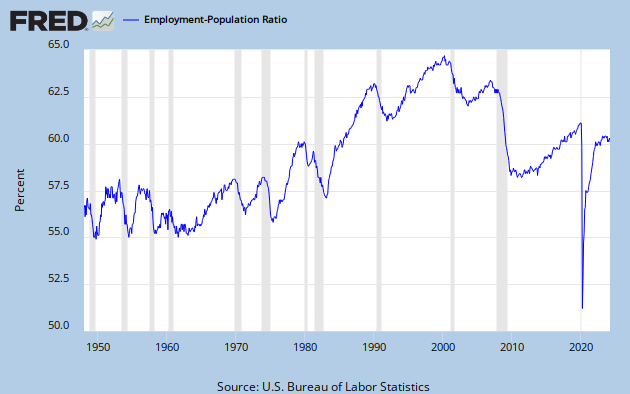- Banned
- #1
The nonpartisan Congressional Budget Office study also said the $862 billion stimulus added between 1.5 to 3.5 percentage points to the growth of the economy in 2009.
As reported on FoxNews.com
FOXNews.com - CBO Says Stimulus Bill Created Up to 2.1 Million Jobs
As reported on FoxNews.com
FOXNews.com - CBO Says Stimulus Bill Created Up to 2.1 Million Jobs




